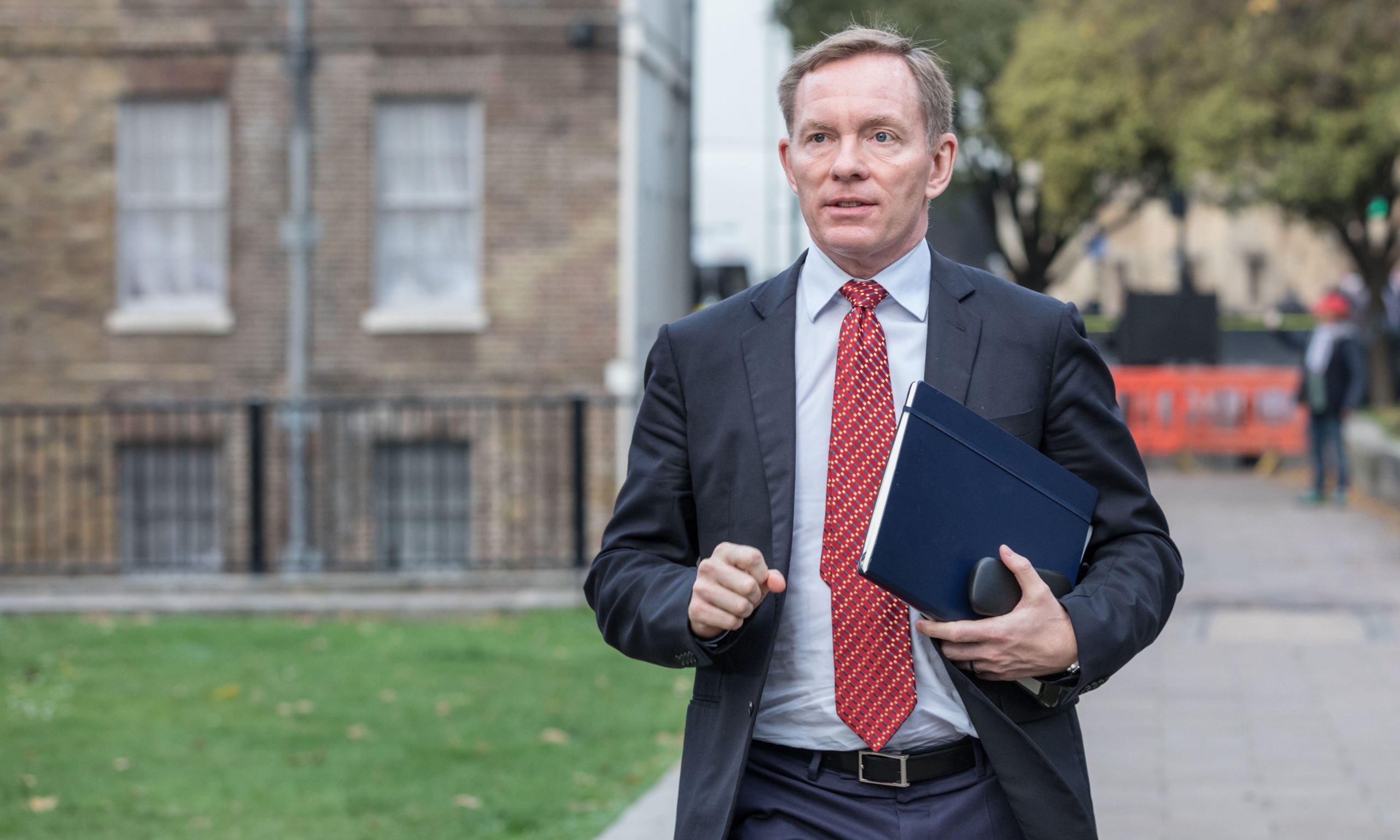Chris Bryant is the Labour MP for Rhondda and Ogmore, and has been an MP continually since 7 June 2001. He is currently minister of state, Department for Culture, Media and Sport and minister of state, Department for Science, Innovation and Technology
Imageplotter / Alamy Stock Photo
Diary of an art historian is a monthly blog by the British art historian, writer and broadcaster Bendor Grosvenor discussing the pressing issues facing the arts today
Dear Chris Bryant,
Congratulations on becoming arts minister. Forgive this unsolicited advice on museum policy. Open letters to new arts ministers have become a tradition for this column, if only because the last government kept changing them. You are the tenth in ten years. You’ve already outlasted one of your predecessors, Syed Kamall, who managed a month during Liz Truss’s time as prime minister. Everybody I’ve spoken to knows your passion for the arts, and wishes you the best.
Your first task is damage limitation. The sector has not fully recovered from Covid and inflation. Visitor numbers are about 15% below pre-pandemic levels. Funding cuts have inhibited recovery; nationally funded museums lost 30% last year. For regional museums the situation is graver. Grant-in-aid for Arts Council England has declined by almost a fifth in real terms in five years. Local council museum spending is 40% less per person in real terms than it was in 2010.
What to do? More money would be good, but the Treasury will have other ideas. “Tell institutions to increase their own revenue,” they’ll say. The truth is, only a handful of big London museums can do this successfully, and they are at the limit of what’s possible. Monetising public collections always creates barriers to public access. Let’s not have more embarrassments like the British Museum’s venture with NFTs.
The Treasury may want to revisit free museum entry, a success from the last Labour government. The question will be, how far should UK taxpayers subsidise tourists? Before Covid, almost half of visitors to national museums came from overseas. For some London museums the figure was more than 70%. Mark Jones, the former director of the British Museum and the Victoria & Albert Museum (V&A), recently advocated charging overseas visitors. But there are unpleasant practical difficulties in trying to identify foreigners at the museum door. The director of the V&A, Tristram Hunt, has suggested a tourist tax in London, ring-fenced for culture spending.
In the absence of more money, your best lever for change is policy. Partly because of ministerial churn at the Department for Digital, Culture, Media and Sport (DCMS), the museum sector has not been reformed for years. Fortunately, your party’s detailed pre-election arts manifesto, “Creating Growth”, included a number of excellent policies.
At the heart of Labour’s vision was increasing access to the arts and museums for everyone. I was glad to see the first step here involved putting the arts back into education. Our museums are well placed to help do this, with extraordinary collections in every community and some of the most dedicated staff you’ll find anywhere.
The commitment to introduce an open data policy will bring museums fully into the online world. Many smaller UK museums, like Derby Museum, already do this, boosting awareness of their collections and academic research. But some of our leading museums are stuck in the age of dial-up (try zooming in on a Turner on Tate’s website) and charge teachers and academics high fees to reproduce publicly owned art. Open data will bring museums and the DCMS in line with open access policy at universities and the Department for Education.
The requirement for publicly funded national museums to “increase their regional and national engagement and loans to public spaces” could be the most transformative arts policy of recent times. National museums have become coy about just how much art they have in store, and the vast sums it costs to keep it there. Please launch a review into this “Gollumisation” of our national collection—it will identify how much art could just as happily hang in a regional museum, library or classroom. Don’t give the National Gallery a free pass because it lent 12 paintings to museums across the UK this year—ask why it wasn’t a bigger programme, like the 52 paintings they sent on a tour of Asia in 2023-24.
These policies will have an initial cost. Happily, the DCMS is the only department with its own revenue stream, the National Lottery. The arts and heritage get about £350m each. Traditionally, Lottery funding had to be “additional” to regular funding, but that boundary is now blurred. Keep blurring it. Better to give a regional museum a new lease on life with (say) a five-year renewal grant in partnership with a national museum, than giving a London museum a new front door it doesn’t need.
How best to implement these policies? Your review of the Arts Council allows a radical rethinking of how we fund our museums. The existing model makes little sense. National museums get relatively stable funding through the DCMS and a direct line to your desk, while regional museums like those in Birmingham depend on local authorities (some of them bankrupt) and limited representation within the Arts Council. Consider creating a new body combining both regional and national museums, to more easily share expertise, funding and collections across the country. Ideally this should have buy-in from the Department for Education.
Good luck!

